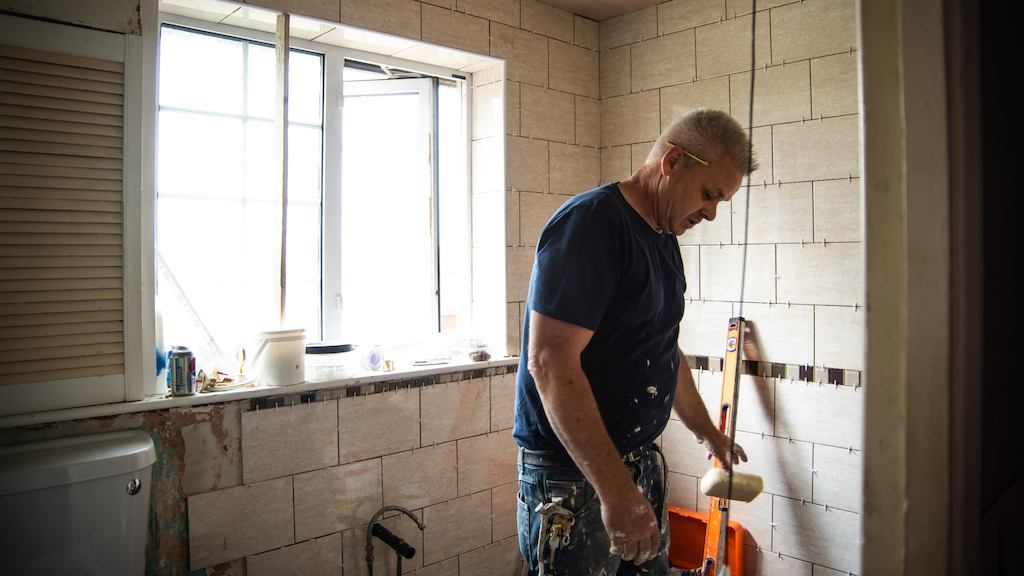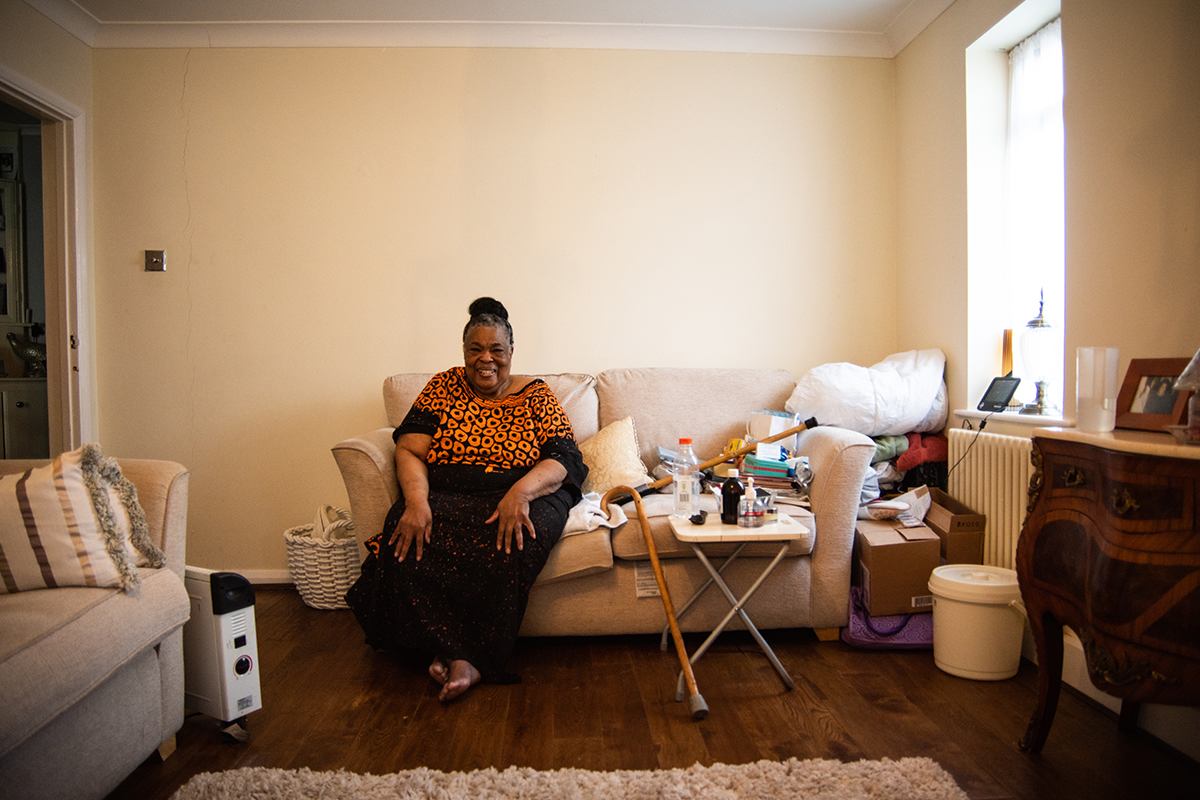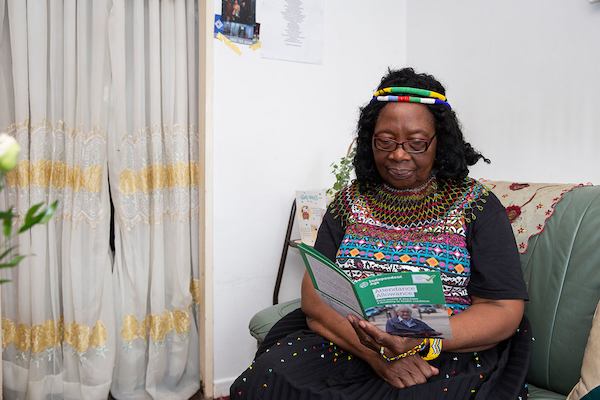We often talk about the need to deliver home adaptations. Evidence shows that living in a suitable, accessible home is crucial to a good later life, and home adaptations can play a big part if done well.
I think it’s important to get other people’s perspective, though, beyond formal research and reports. Making changes to our homes is something very personal to many people.
In early 2018, Foundations put me in touch with Peabody housing association. I wanted to hear the stories of people who benefited through having adaptations installed in their home.
On my visits with Peabody I got to experience first-hand how much these changes truly meant to the person and their family. The power of the adaptations wasn't manifested only in what it allowed people to do, but also in what it prevented from happening.
'Without the adaptation, I would have had to move out' – a phrase I heard repeated countless times.



